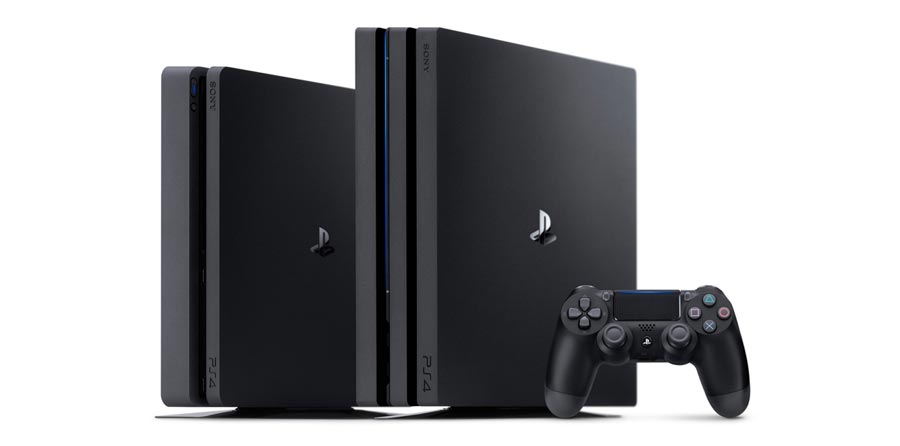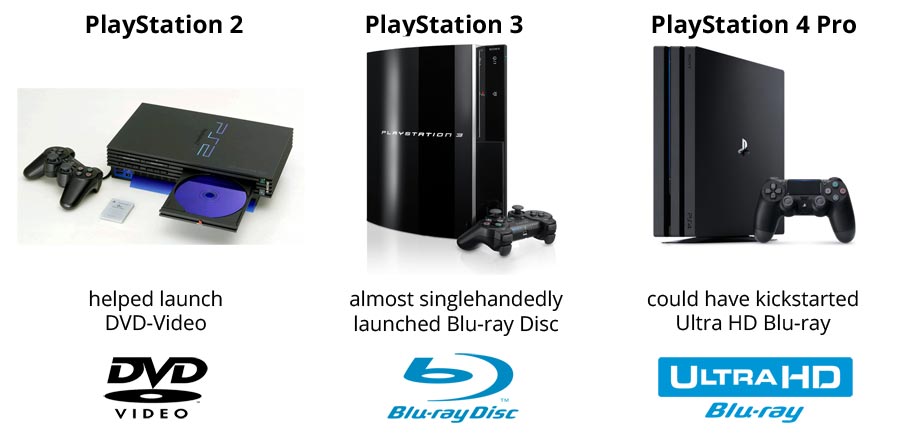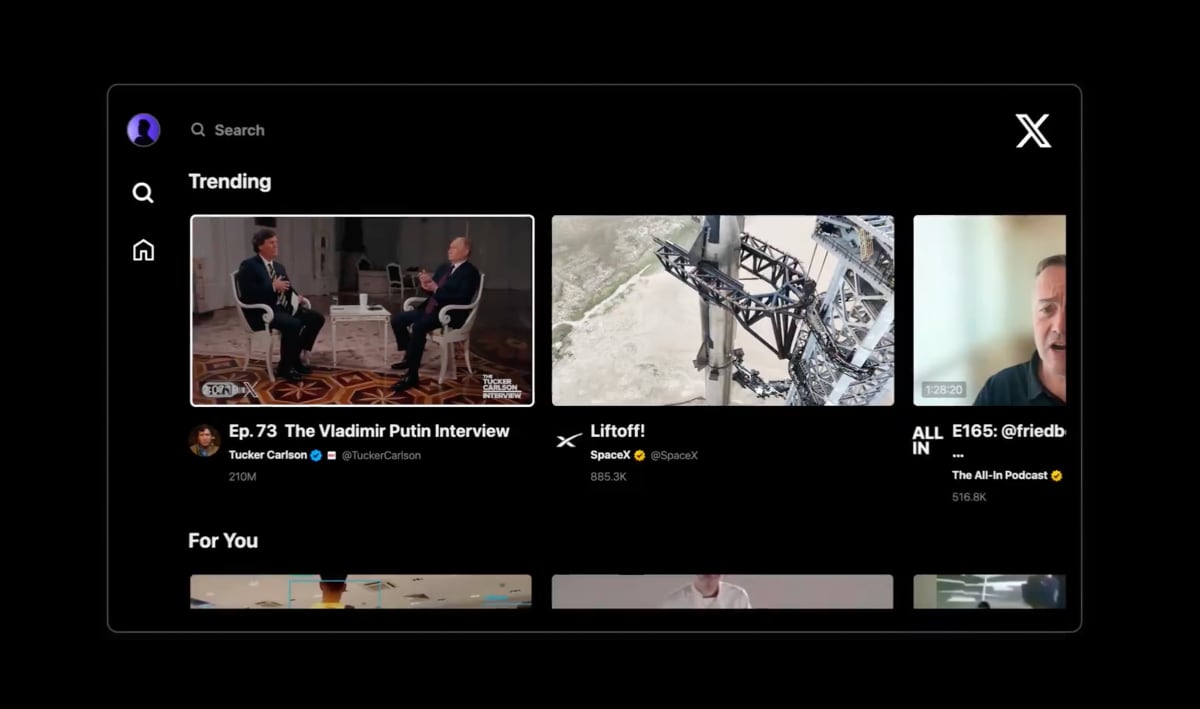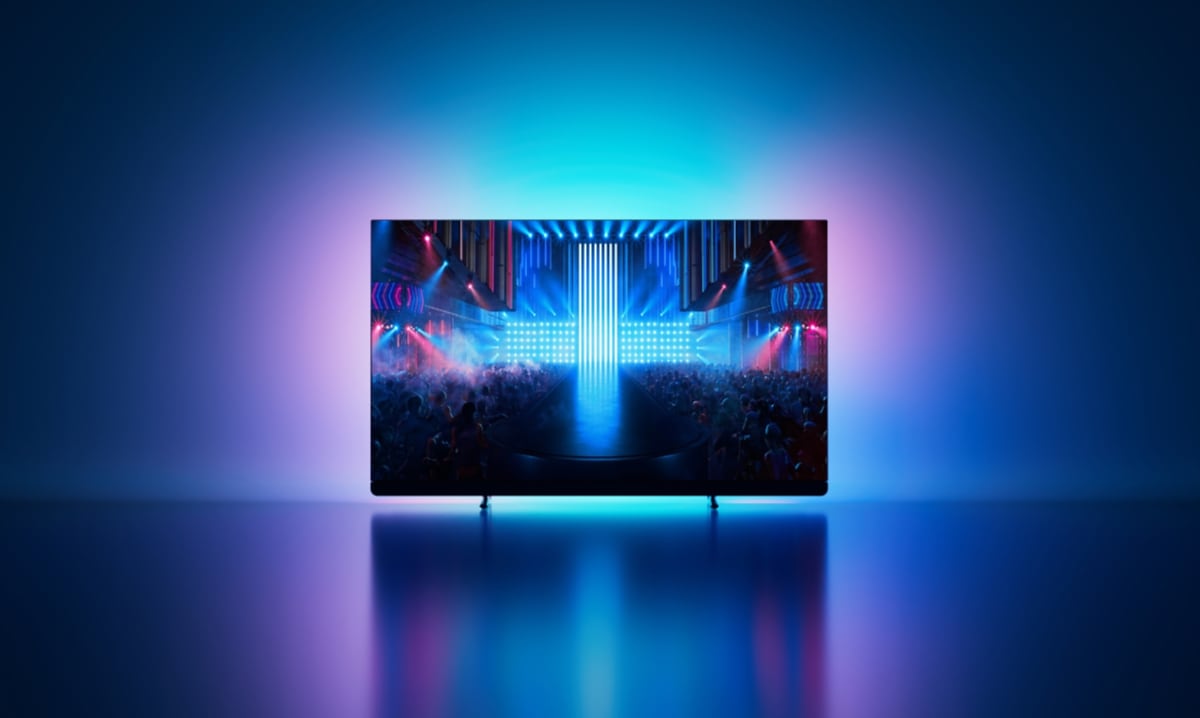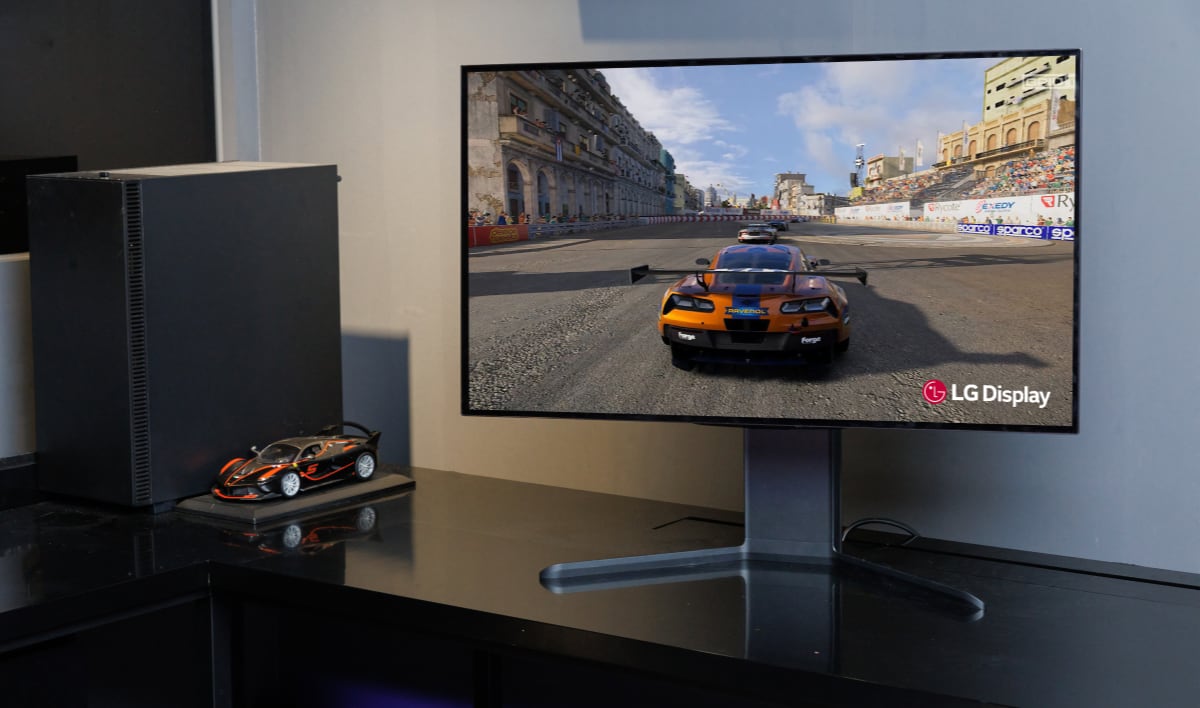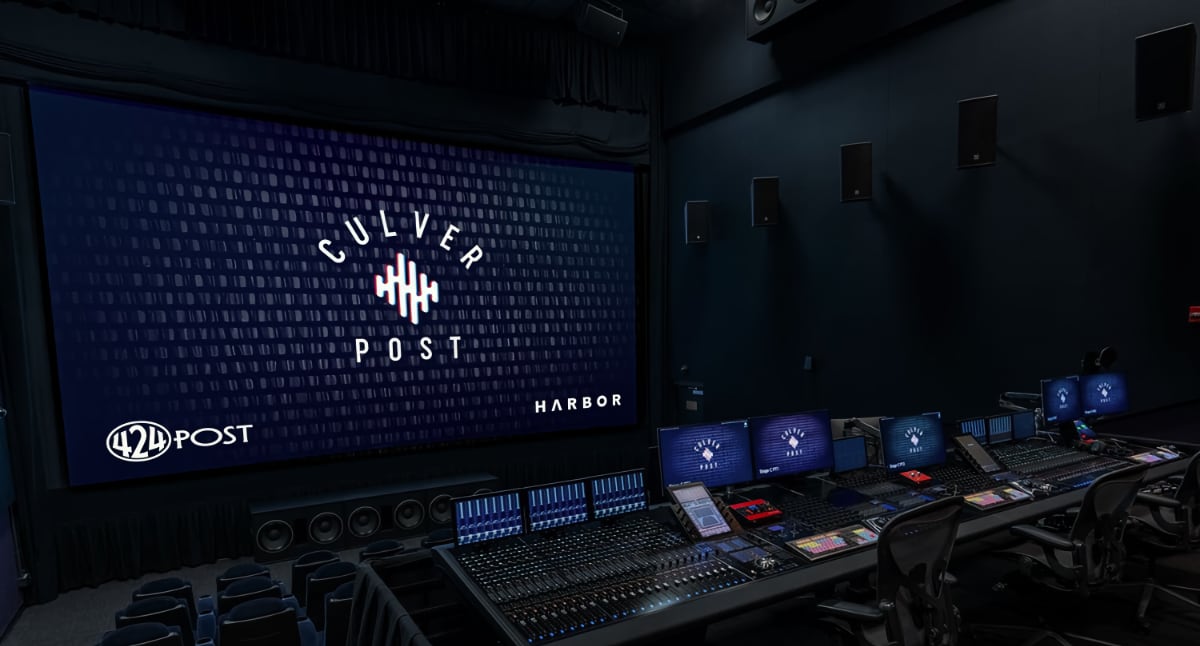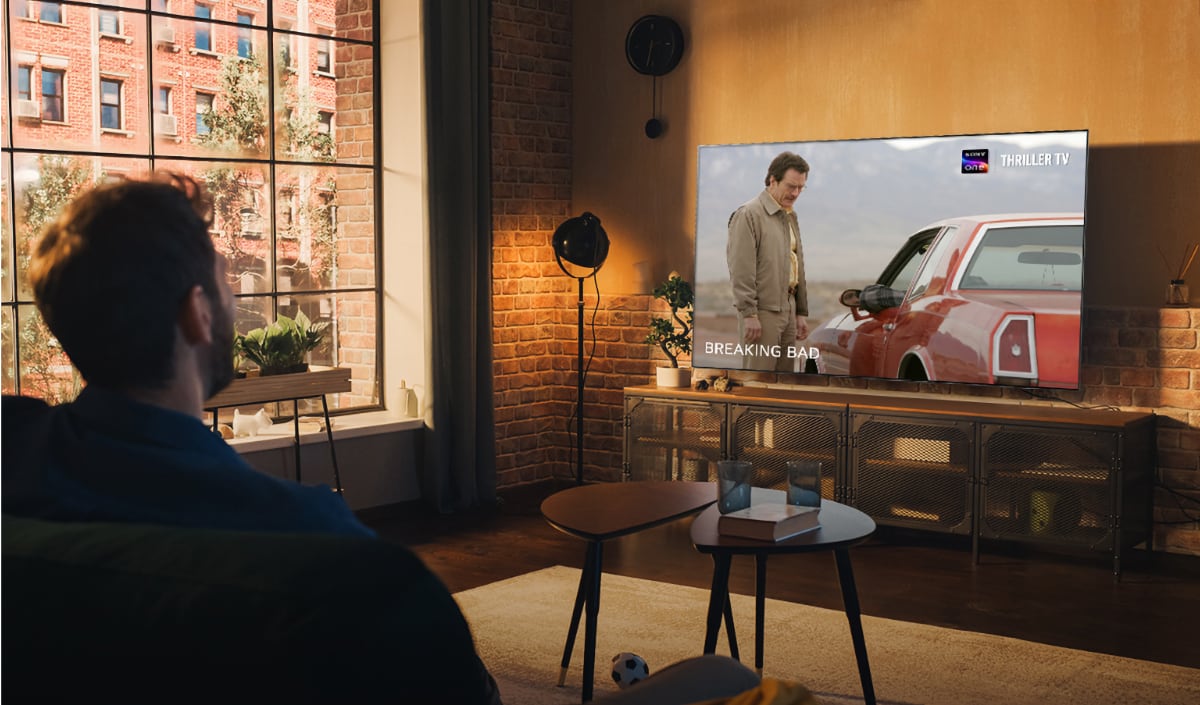5 reasons why the PS4 Pro should have an Ultra HD Blu-ray drive
And 5 possible reasons why Sony decided against equipping PlayStation 4 Pro with an Ultra HD Blu-ray drive, few of which make much sense.
At Sony’s PlayStation event in New York City September 7th, Sony Interactive Entertainment, the division formerly known as Sony Computer Entertainment, announced two new variants of its PlayStation 4 console – the more compact PS4 Slim and the more powerful PS4 Pro.
While such a mid-term power upgrade of a console was unheard of in previous generations, it was no longer a surprise. For months it’s been known both Sony and Microsoft have been working on upgrading the hardware inside this generation of games consoles, for reasons analyzed well in this WSJ article.
There were at least two surprises: First of all, that HDR (High Dynamic Range) gaming will be available not only on the new PS4 types but, retroactively, also on the original units by way of a system software update.
The other major surprise was that the PS4 Pro will not support Ultra HD Blu-ray playback. While Sony had never made any such promise, industry watchers generally expected this feature, for a number of good reasons:
- PS4 Pro is positioned as a “4K” (Ultra HD) + HDR entertainment device. Games will be upscaled to (though not rendered in) UHD resolution, and video streaming in UHD+HDR is offered through Netflix and YouTube apps.
- The main competitor of PS4 Pro, Microsoft’s Xbox One S – an analogous UHD/HDR upgrade of the original Xbox One console announced at E3 in June and launched this August – features an Ultra HD Blu-ray drive, suddenly bringing the format to the attention of gamers.
- Equipping PS4 Pro with an Ultra HD Blu-ray drive would differentiate it far better from the entry-level PS4 Slim. Where the Slim’s job is to capture the mass market, the Pro’s role is to defend the high-end territory. It’s main objective is not to be cheap but to be powerful. With minimum differentiation there’s no point in having two separate consoles.
- Sony Corporation is probably one of the companies to benefit most from sales of Ultra HD Blu-ray discs. The format is an extension of the original Blu-ray Disc format championed by Sony, who likely has more intellectual property (IP) inside it than any other company, even if Panasonic and/or Philips come close.
- Sony PlayStation has a history of supporting advanced optical disc formats. PS2 launched at a time when DVD was not yet mainstream, and it helped making the format a mass-market success. PS3 came with a Blu-ray Disc drive – an expensive decision, but one that made Warner Bros put its eggs in this basket, defeating the rival HD-DVD format and ending a short-lived but fierce format war. The original PS4 was launched far too early for Ultra HD Blu-ray but PS4 Pro was right on time. Of course, doing something just because it was done that way in the past is a poor reason, but PS2 and PS3 have been hugely successful, selling 155 million and 92 million units, respectively.
5 possible reasons why UHD Blu-ray was excluded
Then why has Sony Interactive Entertainment decided against Ultra HD Blu-ray support? A number of possible explanations have been offered by observers.1. Supply chain issues
Some have suggested a shortage of Ultra HD Blu-ray drives informed Sony’s decision. This is not likely – the optical disc drive industry has not exactly been plagued by undercapacity. This industry is extremely competitive. So much so that practically none of the big electronics firms from Japan, Korea and Taiwan could make it alone. Apart from Panasonic, virtually all have struck into joint ventures:
Also, availability of this component has not hindered Microsoft’s Xbox One S at all.
Another line of thinking explains that drives may have been available from third parties but not from Sony’s own manufacture. This seriously overestimates Sony's insistence on internal sourcing of components. Sony – like most other CE brands – became highly pragmatic in that respect years ago. Where optical disc drives (ODDs) are concerned, internal sourcing isn’t even an option for Sony anymore – Optiarc, the NEC JV, went out of business in 2013.
2. Cost
Masayasu Ito, executive vice president of Sony Interactive Entertainment's hardware engineering department, told Pocketlint that cost was a major factor in skipping the Ultra HD Blu-ray drive for this mid-generation machine: "It's a balancing act, you have to look at the cost and a 4K Blu-ray disc player would be costly," he said.Naturally, an Ultra HD Blu-ray-compatible optical disc drive would be more expensive than a regular BD-ROM drive. It needs to be able to read discs with up to 3 layers of 33GB each, as opposed to 2 layers of 25GB each for BD-ROM, the format of which Ultra HD Blu-ray is an extension. That requires new controller ICs. Many other parameters however are unchanged, so many components will be identical.
IHS Markit has published a high-level teardown of Xbox One S hardware. It estimates the price of an Ultra HD Blu-ray drive at USD 32, versus $18 for a regular BD-ROM drive. Based on the limited parameter changes that seems like an awfully steep estimate; all the more considering reports that some BD-ROM drives produced in the past year can be firmware-upgraded to support Ultra HD Blu-ray (a possibility Sony has ruled out for PS4 Pro).
Volumes for Ultra HD Blu-ray drives may still be smaller than for regular Blu-ray ones but at the volumes PS4 Pro can be expected to ship (millions of units) the actual cost difference is likely small. For sure they are saving money, but looking at the bigger picture it’s likely a case of being penny-wise but pound-foolish.
There are more components to the cost, by the way. One possible element is Ultra HD Blu-ray license cost. There is no public information on how much this is, and whether it would add cost to the regular Blu-ray Disc license. Either way, it should be more of a reason for Microsoft to forego Ultra HD Blu-ray than for Sony, as Sony is one of the main beneficiaries of Blu-ray Disc license fee income. If Sony needs to pay those at all it’ll be mostly in a left-pocket/right-pocket sort of way. Then again, corporate accounting rules may have changed how such matters are dealt with.
Another element is the license cost for the HEVC (High-Efficiency Video Coding) codec also known as H.265. HEVC is a necessity for Ultra HD Blu-ray playback. The definitive licensing terms for HEVC are still being negotiated by the various patent pools but the codec is certainly not cheap. It’s likely going to be considerably more expensive than H.264 or MPEG4/AVC. Again however, this cannot quite explain Sony’s decision against Ultra HD Blu-ray support because PS4 Pro does support YouTube 2160p videos and ‘Netflix 4K’ streaming with dedicated apps. The latter also requires HEVC decoding. In licensing, in principle anything is possible but it’s unlikely there would be extra charges for HEVC decoding for multiple video media.
3. Sony execs honestly believe the net is ready for UHD streaming
Besides cost, the other reason Sony has publicly stated for not supporting Ultra HD Blu-ray is the growing popularity of streaming. Andrew House, the head of Sony Interactive Entertainment, said to The Guardian: “Our feeling is that while physical media continues to be a big part of the games business, we see a trend on video towards streaming,” A trend towards video, that’s undeniably there. Music, SD video and even HD video can be streamed fine in most households in the developed world. Perhaps the execs have not done their homework very well, though. Ultra HD streaming is not quite the same as HD. Netflix recommends an average sustained bitrate of 25 Mbps for ‘4K’ video and requires at least 15 Mbps. Vodafone even demands 50 Mbps for its UHD service.Broadband speeds are growing year after year but few households are blessed with such wide pipes and this is not going to change soon – not during the lifetime of PS4 Pro, which will likely be about four years. Dan Rayburn made this excellent analysis of the bottlenecks for 4K streaming.

% of households per country with at least 25 Mbps broadband as of Q2 2016 - Akamai State of the Internet
Can you get UHD video at lower bitrates? Technically, yes, but overcompressing UHD video defies the whole point of ultra-high definition. For comparison, Ultra HD Blu-ray delivers 100-128 Mbps transfer rates.
Perhaps Sony Interactive Entertainment’s executives live in areas served by Google Fiber but clearly they are underestimating the demands of UHD streaming or overestimating the bandwidth consumers have at their disposal.
4. Avoiding internal competition
Another reason cited for the lack of Ultra HD Blu-ray playback in the PS4 Pro is that had it been included, the console would undercut any dedicated Ultra HD Blu-ray player that were offered by Home Entertainment & Sound (HE&S), formerly called Home A/V, Sony’s consumer electronics division. This explanation lacks credibility for a number of reasons.First of all, this sort of consideration never played a role in the past. PS2 came with DVD-Video playback, potentially undercutting Sony’s dedicated DVD player sales, yet Sony thrived in both markets. The same is the case for PS3: it came with Blu-ray Disc playback – a high-cost feature but one that determined the outcome of the format war with HD-DVD, because it swayed Warner Bros to drop its support for Toshiba’s HD-DVD format and throw all its weight behind Blu-ray. Sony Computer Entertainment, as SIE as called then, could easily have claimed “lack of consumer demand” for BD – something they’re doing now with Ultra HD Blu-ray – because the market had only just started (like with UHD BD now) and the format battle was making many consumers wary (which is not the case with UHD BD – there is no competing disc format).
In its most successful years, Sony has always had internal competition between divisions, where new product categories (such as electronic book readers, digital organizers or portable video players) were developed by different business units in varying ways in parallel. However, when a specific standard had to be supported, Sony Corporation usually managed to get all divisions beautifully aligned, even if in the end the initiative did not bear great success, like with Memory Stick, or i.LINK.
A few days after the September 7 PlayStation event, at the CEDIA fair, Sony actually presented its home theater type player (previewed as a prototype at the IFA fair earlier the same month). It’s called the UBP-X1000ES and will be released in Q1 2017. Pricing has yet to be disclosed but Sony has made it clear this is going to be an exclusive product that will not be available online or at regular electronics stores but only through Sony-certified retailers and customer installers. What that means is that this product and PS4 Pro were never going to compete in the first place. They’re not even in the same league.
There’s another disturbing aspect about the statement that there’s a definite trend away from physical media towards streaming: However true this may be, this statement is really undercutting the proposition of Sony HE&S’s set-top player. Instead of competing with the proposition of their colleagues in another division, they’re undermining it by questioning its raison d’ętre.
There’s one other business unit that could suffer from SIE’s statements – Sony Pictures Home Entertainment. SPHE is the unit that releases Ultra HD Blu-ray Discs, which now will not play on PS4 Pro. This aspect brings us to the last possible explanation.
5. A move to steer people towards Sony’s Ultra streaming service
Of course, SPHE does not only offer Ultra HD Blu-rays; they also offer regular Blu-rays and DVDs, both of which will play on any PS4. More importantly, the company has recently launched its ‘Ultra’-branded UHD video streaming service. The suggested explanation here is that Sony Corporation has decided to discard the Ultra HD Blu-ray option for PS4 Pro not so much because of hardware (or licensing) cost savings but because they expect to make more money on streaming services than on physical video discs.This line of thinking may very well be true, but again it’s flawed, for various reasons in fact: The Ultra service is currently available only in the U.S., with no expansion to other countries announced or even alluded to. Additionally, the bandwidth requirements outline above apply here as well.
Conclusion
There were many valid reasons for equipping the PS4 Pro with an Ultra HD Blu-ray drive and arguably just as many poor ones for not doing so. No matter how you look at it, the decision makes no sense. The fact remains that for a few dollars extra, Sony could have added to PS4 Pro all the functionality of a device that sells as a stand-alone product for a price of $299 and up. This would have helped it compete with Xbox One S, differentiate it better from PS4 Slim, make it a coherent proposition, make its purchase easier to justify for many consumers and extend the lifetime of valuable optical disc technology patent/license fee income for Sony Corp.
It seems Sony has concluded, or rather decided, that Ultra HD Blu-ray is going to be a niche product, and with its decision to drop the feature from PS4 Pro it has made this a self-fulfilling prophecy. The future of both Ultra HD Blu-ray and PS4 Pro looks a lot bleaker now.
Yoeri Geutskens graduated in Industrial Engineering & Management Science with a thesis on the videogames industry. He’s been Philips’ resident games industry observer for over a decade. He’s worked at Philips Optical Storage and Philips Consumer Electronics, in product management for DVD Recorders and Super Audio CD players, and together with Sony on standardization of the Blu-ray Disc format. At NXP Semiconductors he was Business Creation Manager for the videogames industry. Yoeri is also author of the PS3 SACD FAQ and blogs about 4K/UHD and Ultra HD Blu-ray. He’s been playing games since the first console generation. His first games console was an Odyssey 2100.


